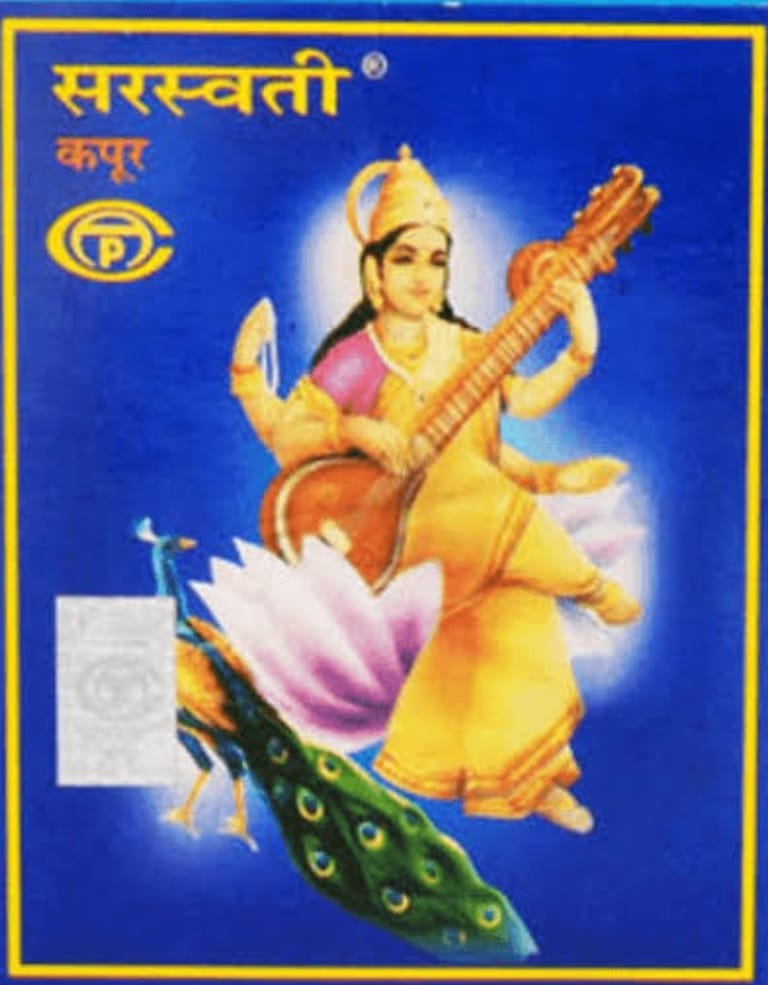Guru Purnima: Celebrating the Divine Teacher and the Path of Knowledge
Guru Purnima is a sacred occasion dedicated to honoring and expressing gratitude to our gurus or teachers—both spiritual and academic—who guide us on the path of learning, wisdom, and self-realization. It falls on the full moon day (Purnima) of the Hindu month of Ashadha (June-July) and is celebrated across India and in many parts of the world, especially among those who follow spiritual traditions. On this day, devotees offer prayers and thanks to their spiritual teachers, as well as to the ancient gurus who passed on knowledge, wisdom, and enlightenment through generations.
The Significance of Guru Purnima
Guru Purnima is not just a day to honor teachers in the traditional sense but is also a day for spiritual growth. The word “Guru” comes from the Sanskrit root “Gu,” meaning darkness, and “Ru,” meaning light. Therefore, a Guru is the one who removes darkness and brings light, guiding their disciples from ignorance to knowledge, from falsehood to truth, and from illusion to reality.
Guru Purnima is considered to be an auspicious time to express our gratitude to the teachers who illuminate our path, whether they are spiritual guides, academic teachers, or even life mentors. Many devotees engage in deep meditation, prayer, and reflection to seek blessings from their gurus on this day.
The Tradition and Rituals of Guru Purnima
Guru Purnima is celebrated with a variety of customs and rituals that may vary from region to region, but the core idea remains the same: gratitude and respect for the guru. Here are some traditional rituals performed on this day:
1. Guru Puja (Worship of the Guru)
- Devotees perform a special puja (worship) to honor their guru or the concept of the Guru. In many homes, an idol or picture of the guru is placed on a clean altar, adorned with flowers, incense sticks, and lamps.
- Offerings of fruits, sweets, and sacred items like kumkum, akshat (rice), and milk are made while chanting mantras of devotion. A prayer of gratitude for the guru’s guidance and blessings is recited.
2. Satsang and Devotional Singing
- Many people gather at temples, ashrams, or spiritual centers to participate in satsangs (spiritual gatherings) and devotional singing. Chanting the name of the guru, or reciting spiritual texts and mantras like the Guru Stotra, is considered highly auspicious.
- In some traditions, devotees also engage in bhajans or kirtans, singing praises of the divine guru to invoke blessings.
3. Offering Flowers and Prayers
- On this day, it is customary to offer flowers (often marigolds or lotuses) to the guru’s image or idol as a symbol of devotion and respect. Offering flowers is believed to bring purity to the mind and heart, aligning the devotee’s intentions with divine knowledge.
4. Fasting and Meditation
- Fasting on Guru Purnima is also a common tradition among spiritual seekers and devotees. The day is spent in quiet contemplation and meditation, reflecting on the teachings of the guru and seeking guidance from within.
- For those on the spiritual path, this day offers an opportunity to deepen their connection with the guru and commit to further learning and self-discipline.
5. Charity and Service
- Giving back to society in the form of charity or service is also an important part of Guru Purnima celebrations. Some people choose to donate to spiritual organizations or provide help to those in need, as a way to honor the teachings of the guru on this auspicious day.
6. Receiving Blessings
- Many students and followers seek blessings from their gurus on Guru Purnima. In some spiritual traditions, it is common for disciples to receive special teachings, discourses, or initiations from their spiritual mentors.

Guru Purnima and Its Spiritual Significance
Guru Purnima holds a special place in the hearts of those who follow spiritual disciplines. It marks the day when Lord Shiva, as the Adi Guru (the first guru), is believed to have imparted the science of yoga to the seven rishis (sages) in the forest of Kedarnath. Lord Buddha, too, is said to have delivered his first sermon on this day, making it an important day for Buddhists.
It is also traditionally believed that the sage Vyasa, the author of the Mahabharata and compiler of the Vedas, was born on Guru Purnima. He is regarded as the “guru of all gurus” in Hindu tradition. The day, therefore, holds immense spiritual significance as it honors Vyasa’s role in preserving and passing down knowledge.
Guru’s Role in Spiritual Life
In spiritual traditions, the guru is seen as the bridge between the divine and the disciple. The guru’s wisdom helps the student transcend the ego and realize the ultimate truth. It is through the guru’s guidance that one walks the path of self-realization and spiritual awakening. Guru Purnima, therefore, becomes a day to reflect on the importance of a guru in one’s spiritual journey.
Celebrating Guru Purnima in Modern Times
In today’s world, the importance of education and guidance is more pronounced than ever. While the traditional rituals are still observed in many households and spiritual centers, Guru Purnima has also evolved into a day of celebration for teachers in all fields, not just spiritual ones.
1. Expressing Gratitude to Academic Teachers
- On Guru Purnima, students honor their academic teachers by offering small gifts, cards, or simply expressing their gratitude. This is a way to recognize the contribution of teachers who shape our minds and futures.
2. Online Puja Kits for Guru Purnima
- As the world becomes more digital, many people now opt for online puja kits, which include all the items needed for the Guru Purnima ritual. Platforms like Sarbhang.com can provide these kits, making it easier to perform a meaningful and organized puja at home, especially if you live in an area without easy access to traditional puja items.
Guru Purnima and Its Broader Impact
Guru Purnima encourages us to cultivate a sense of humility and gratitude. The wisdom imparted by our teachers or spiritual guides is invaluable, and this day serves as a reminder of the importance of learning, growth, and the continued pursuit of knowledge. It’s a time to reflect on how far we have come with the guidance of our mentors, and how much further we can go by continuing to follow their teachings.





